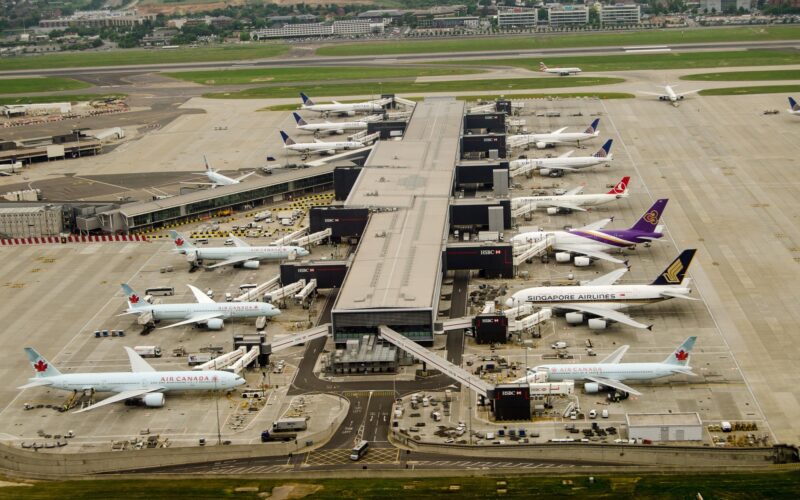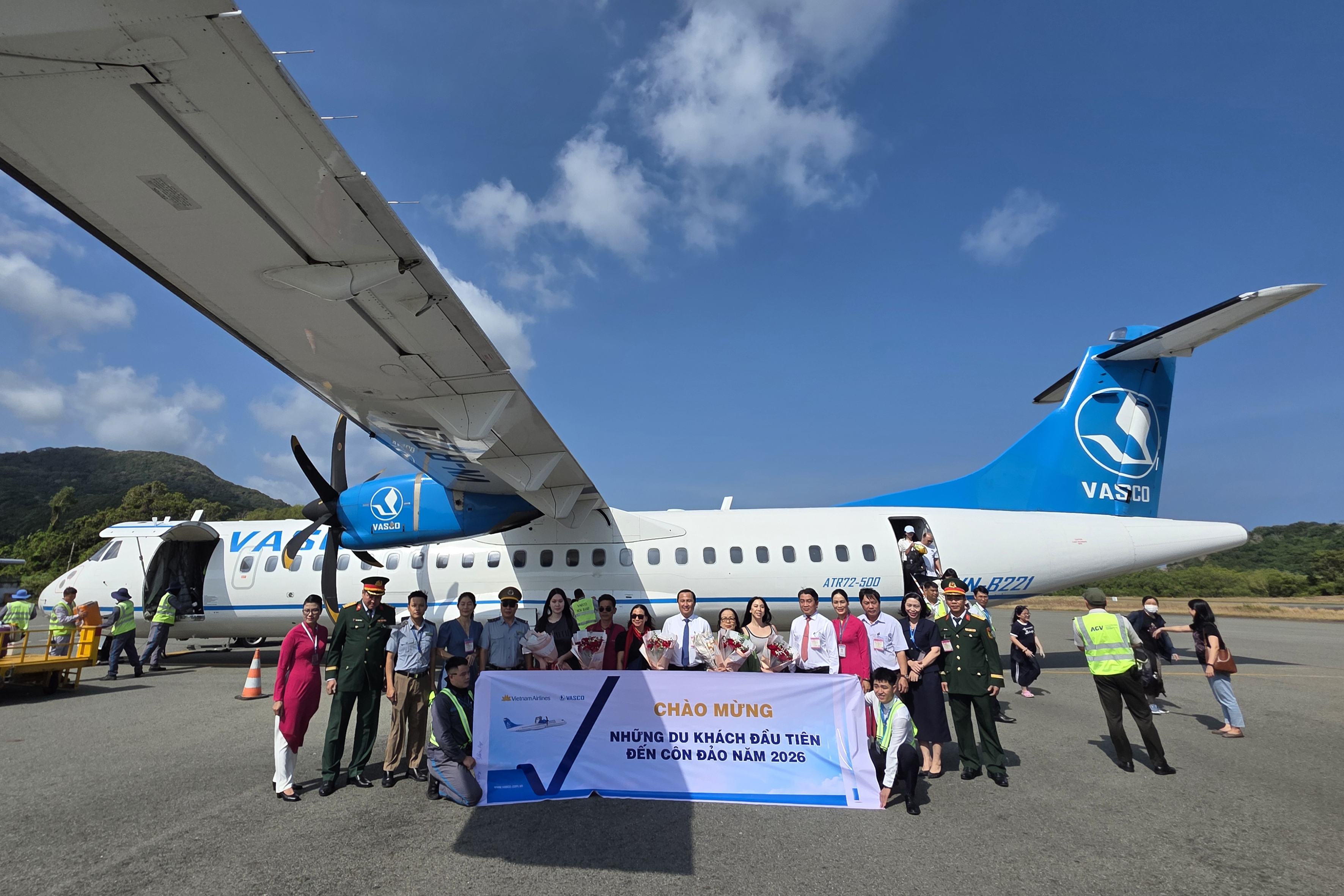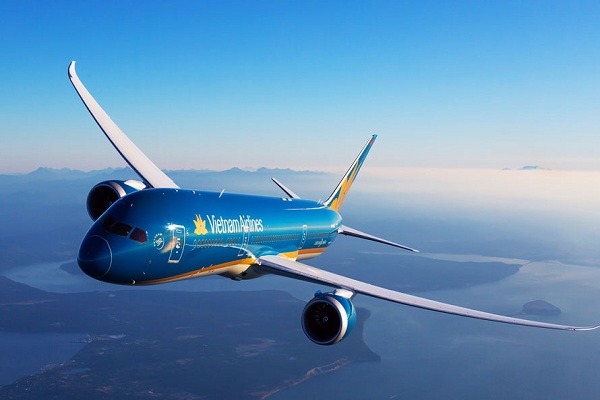
Total traffic in 2022, measured in Revenue Passenger Kilometers (RPK), was 64.4% higher compared to 2021 and 68.5% of pre-pandemic levels (2019). Meanwhile, traffic in December 2023 was 39.7% higher than the corresponding period in 2021, and 76.9% of December 2019 levels.
International RPKs grew by 152.7% compared to 2021, measuring 62.2% of 2019 levels. Meanwhile, domestic RPKs grew 10.9%, being 79.6% of levels in 2019.
“The industry left 2022 in far stronger shape than it entered, as most governments lifted COVID-19 travel restrictions during the year and people took advantage of the restoration of their freedom to travel,” stated Willie Walsh, the Director General of IATA. Walsh mentioned that the association expects the positive momentum to continue in 2023, “despite some governments’ over-reactions to China’s re-opening”.
China ended its zero-COVID policy in December 2022, stopping the mandatory quarantine requirements for international travelers on January 8, 2023. As a result, and due to the rising number of COVID-19 cases in China, some governments across the globe have imposed testing prior to boarding an aircraft flying from China or upon arrival. Morocco even banned Chinese travelers from flying into the country on January 3, 2023.
“It is vital that governments learn the lesson that travel restrictions and border closures have little positive impact in terms of slowing the spread of infectious diseases in our globally inter-connected world,” Walsh continued. “However, they have an enormous negative impact on people’s lives and livelihoods, as well as on the global economy that depends on the unfettered movement of people and goods.”
Cre: AeroTime






